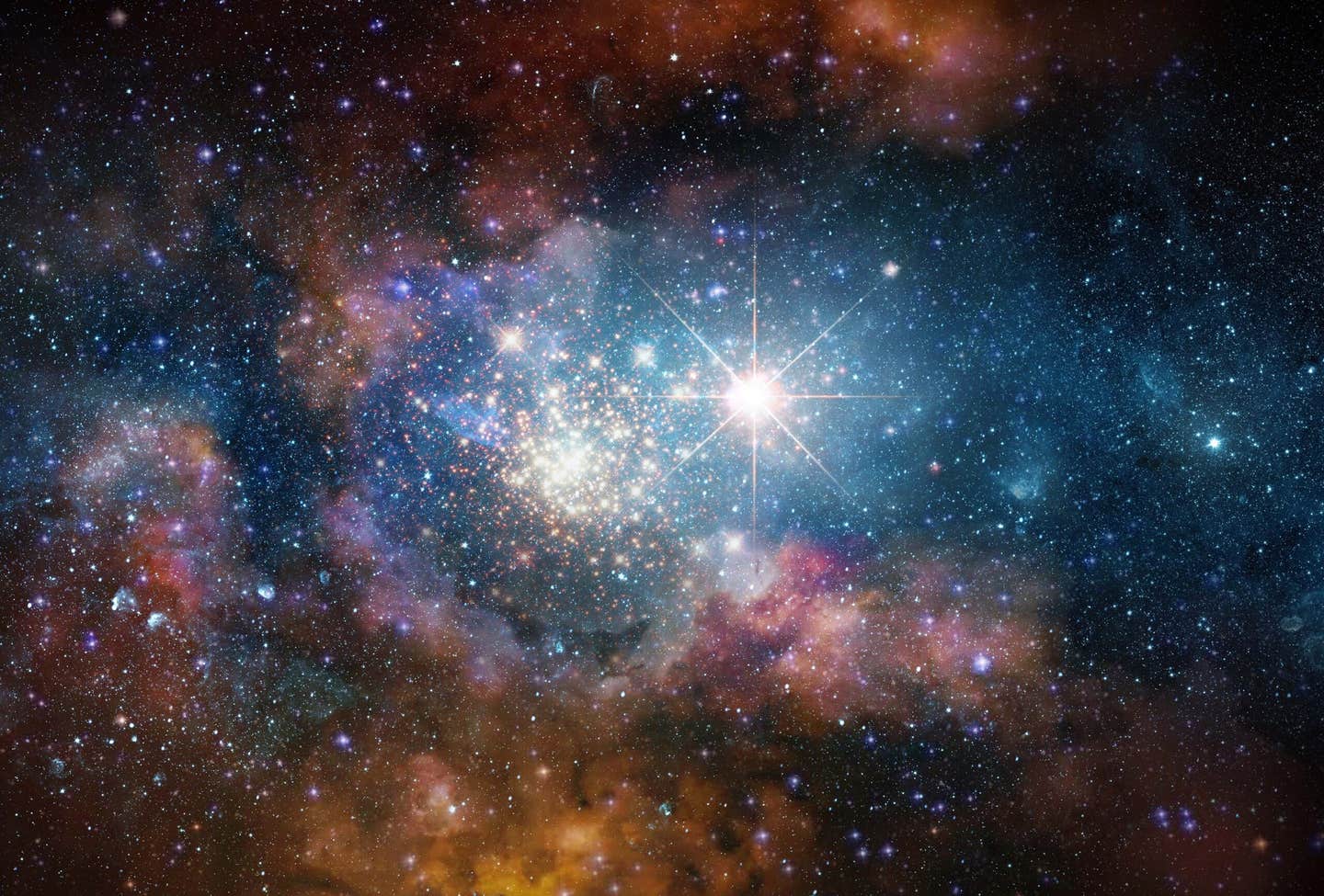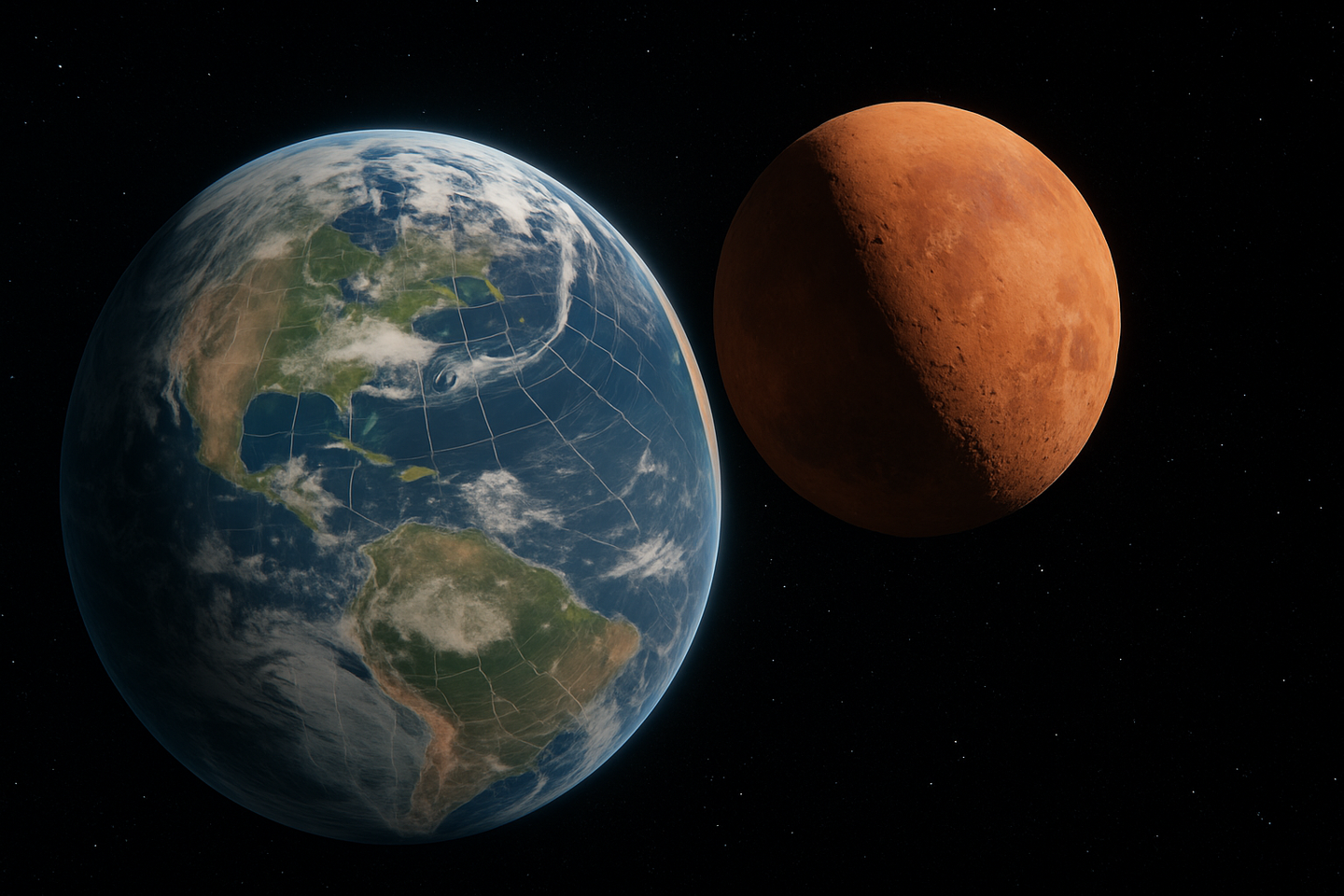Scientists discover 300 odd galaxies that shouldn’t exist
Astronomers using NASA’s James Webb Space Telescope have stumbled upon a puzzling population of galaxies that look far too bright for their age.

Astronomers using the Webb telescope have identified 300 galaxies so bright they may challenge current ideas about how the early universe evolved. (CREDIT: Shutterstock)
Astronomers using NASA’s James Webb Space Telescope have stumbled upon a puzzling population of galaxies that look far too bright for their age. In four patches of sky, covering more than 500 square arcminutes, Webb’s sensitive infrared eyes picked up 300 unusually luminous objects that could reshape how you think about the universe’s earliest days.
A Cosmic Game of Hide and Seek
Finding these galaxies wasn’t simple. Researchers at the University of Missouri relied on a method known as the dropout technique, a clever way to identify galaxies that appear in redder light but disappear in bluer wavelengths. This vanishing act is caused by the “Lyman break,” a sharp cutoff in ultraviolet light that happens when hydrogen gas absorbs it. As galaxies get farther away, their light shifts toward the red end of the spectrum — a phenomenon called redshift. The higher the redshift, the closer the galaxy sits to the dawn of time.
“Detecting high-redshift galaxies means we’re essentially peering back to when the first stars and galaxies were being born,” explained Bangzheng “Tom” Sun, a Ph.D. student at Missouri and lead author of the study.
What Webb Revealed
Among the 300 luminous “dropouts,” over 80 percent turned out to be what astronomers call “extremely red objects.” That simply means their light was strikingly brighter in one infrared filter compared to another, by more than two magnitudes. For 137 of them, Webb’s Mid-Infrared Instrument (MIRI) added even more detail.
To dig deeper, the team studied each object’s spectral energy distribution, or SED — essentially a fingerprint of its brightness across many wavelengths. This process helps estimate a galaxy’s distance, age, and stellar mass.
The results surprised them. Roughly two-thirds of the objects seemed to be closer galaxies, lying at redshifts between 1 and 4. But about 7 percent showed signs of being much farther away, possibly true inhabitants of the universe’s early years. One galaxy, confirmed by Webb’s Near-Infrared Spectrograph, sits at a redshift of 8.679. That places it at a time just 600 million years after the Big Bang. This single galaxy shines with an ultraviolet magnitude of –22.4 and holds a stellar mass about 1.3 billion times greater than our Sun.
Related Stories
- JWST discovery helps answer how galaxies, like our own Milky Way, were born
- New data predicts a 50% chance that the Milky Way and Andromeda galaxies will collide
Why the Brightness Matters
These early-universe candidates are glowing much brighter than astronomers expected. Some even boast ultraviolet magnitudes of –23 or brighter and stellar masses exceeding 30 billion Suns. If further analysis confirms these as true early galaxies, scientists may need to rethink the pace and scale of galaxy formation in the cosmos.
“These mysterious objects are candidate galaxies in the early universe, meaning they could be very early galaxies,” said Haojing Yan, an astronomy professor at Missouri and co-author of the study. “If even a few of these objects turn out to be what we think they are, our discovery could challenge current ideas about how galaxies formed in the early universe.”
A Step-by-Step Cosmic Investigation
Pinning down the identity of these strange objects is a slow process, more detective story than quick reveal. First comes spotting them in Webb’s images. Then scientists estimate their properties using SED fitting, which, while informative, can’t provide the precision needed for absolute certainty.
The gold standard is spectroscopy — splitting light into its rainbow of wavelengths to find specific signatures that reveal an object’s true distance, age, and chemical makeup. “One of our objects is already confirmed by spectroscopy to be an early galaxy,” Sun said. “But this object alone is not enough. We will need to make additional confirmations to say for certain whether current theories are being challenged.”
The Bigger Picture
Finding galaxies this bright so soon after the Big Bang doesn’t break current cosmological models, but it does raise eyebrows. If more candidates are proven to be genuine, astronomers may have to rethink how quickly galaxies could grow massive and luminous in the first billion years of the universe. That means rewriting parts of the story of cosmic evolution — a tale that has already been revised many times with each new telescope.
The team’s research, “On the very bright dropouts selected using the James Webb Space Telescope NIRCam instrument,” appeared in The Astrophysical Journal.
Practical Implications of the Research
The discovery of these unusually bright galaxies could refine how astronomers model the early universe, helping future telescopes and surveys better target distant cosmic objects. By identifying galaxies that shine more brilliantly than expected, researchers may learn new details about how stars formed, how quickly galaxies assembled, and how the universe evolved in its first billion years.
In the long run, these insights might guide the design of new space observatories and deepen humanity’s understanding of its origins.
Note: The article above provided above by The Brighter Side of News.
Like these kind of feel good stories? Get The Brighter Side of News' newsletter.



